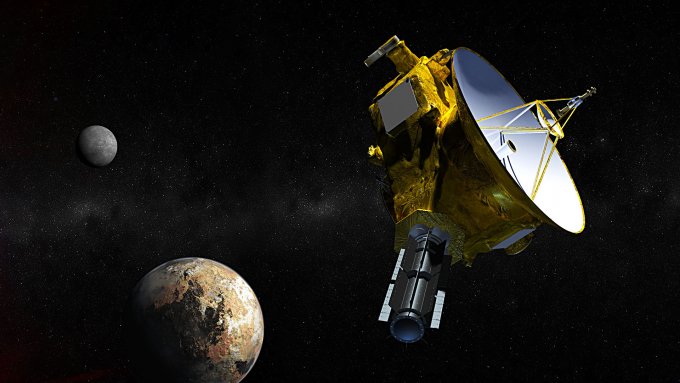Approximately one year ago, NASA’s New Horizons spacecraft made a Pluto flyby and it changed how we think about the frozen world out there. For more than nine years, the New Horizons swung by Pluto and its moons to give us a different look of what we always knew about Pluto.
The spacecraft was travelling at an average speed of 30,000 mph, but it still managed to capture clear images and data which was important for us to know more about Pluto and the Kuiper Belt Objects.
The first thing we learned is that Pluto has looks of a frozen heart. This was an interesting feature revealed from the New Horizons images. The images were taken miles away from Pluto’s surface, but they were still clear. As the spacecraft moved near Pluto, a lot more things were discovered on the surface. We got to see the Sputnik Planum which is now the largest known glacier in the solar system.
Blue atmosphere
Extending for more than 200 kilometers above the surface, the blue haze layers were some of the striking features of Pluto. The scientists believe that it’s the Pluto’s atmosphere that is created through the chemical reactions of sunlight interacting with nitrogen and methane on the planet.
Volatile Ices
New Horizons discovery shows that on Pluto, there were four volatile ices unlike on earth where there are just two. For Pluto they include methane, nitrogen, carbon monoxide and water.






Leave a Reply